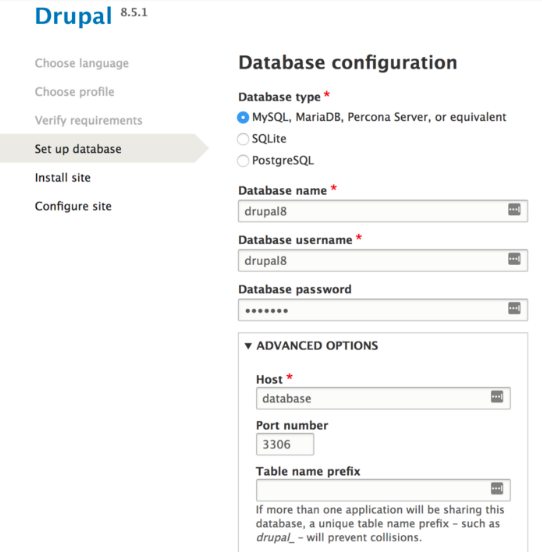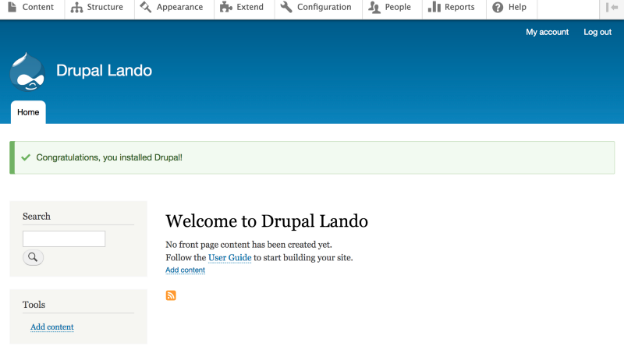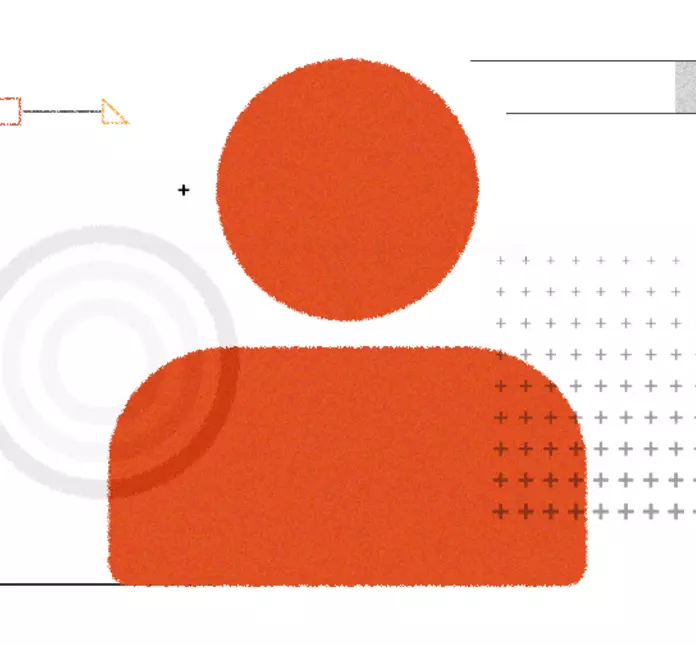What is Lando?
Lando free, open source, cross-platform, local development environment and DevOps tool built on Docker container technology.
It helps the users to:
- Integrate their systems with hosting providers such as pantheon, the users won't have to look around for third party alternatives to combine their local system with their hosting providers. It gives you that ability on your fingertips.
- Easily customise any functionality, tools or deployment options. It basically gives a user the power to extend and deploy any custom functionality with ease, and that’s something that makes it stand apart from traditional Drupal installation techniques.
- Store all the settings in a version control config which goes by the extension lando.yml. So that it’s easier for the user to make changes that would reflect on the whole site and does not have to look around for the different set of files.
- Gives the user an easy way to mimic their production environment locally.
Before getting started you’d need to have it installed into your system.
- Before installing, make sure that you have updated your system with the latest version of Docker.
- You would need to install the latest stable docker compose binary and put it in the folder /usr/share/lando/bin after making it executable.
Follow the steps below to install it on your local machine. # Clone the Lando source git clone https://github.com/lando/lando.git # Install the dependencies cd lando && yarn # Optionally set up a symlink sudo mkdir -p /usr/local/bin sudo ln -s /absolute/path/to/above/repo/bin/lando.js /usr/local/bin/lando.dev # Run lando lando.dev
System Requirements
Unfortunately, you’d be able to use this method of Drupal installation on your local machine only if you have a fairly decent system configuration. According to the official Lando Documentation, You’d need at least :
- macOS 10.10 or ++
- Windows 10 or ++
- Linux ( kernel version 4.x ++)
Download Drupal
There are various methods to download Drupal, choose whichever method deems fit to you. I personally download Drupal from the ‘Download and Extend’ link on the Drupal Homepage. Save it in some empty directory according to this article /tmp.
Extract Drupal
On the terminal type the following commands that would extract the tar file and would put it in the location inside your home directory.
cd Sites tar xzf /tmp/drupal-8.5.1.tar.gz mv drupal-8.5.1 drupal-lando cd drupal-lando
Initialise Lando
After extracting Drupal, it’s now time to initialise it and start working on it. The below command would create a minimal configuration file for you.
lando init --recipe drupal8 --webroot=. --name="drupal-lando"
The above command produces a lando.yml file, something of this sort.
name: drupal-lando recipe: drupal8 config: webroot:
It will also help you in finding out the available sub-commands. If you run the above-used command with no arguments, it would provide you with all the available sub-commands.
Kick off Docker Engine!
Start the terminal and type
lando start
If you would have done everything in order, it would start docker and create two containers for you.
Installing Drupal
If everything is on track until now you’re definitely in a position to install the Drupal site on your local machine. http://drupal-lando.lndo.site Since you’re using it without the database, the webpage would revert to the installation page.

Carry on by accepting the default configuration, Fill out the details of the site and the database as you did for the local sites. In a while, you will have a working site in your local system.

By now you must have realised the advantages of using it for Drupal installation. It is completely user-friendly and a boon for people who want to do things their way and aim to free themselves from the tyranny of local development products.
Contact us at [email protected] to get the best of Lando for your Drupal 8 site.
Subscribe
Related Blogs
Inside the Drupal AI Summit: Themes, Speaker and What To Expect

“ The web is changing fast, and AI is rewriting the rules. It writes content, builds pages, and answers questions directly,…
FOST and Drupal AI Initiative: Next Era of Responsible AI

Three years after the launch of generative AI tools marked a new age for artificial intelligence, almost 90% of survey…
Drupal AI Ecosystem Part 5: AI Content Suggestions

Drupal has steadily evolved from being just a content management system into a flexible platform that incorporates emerging…




